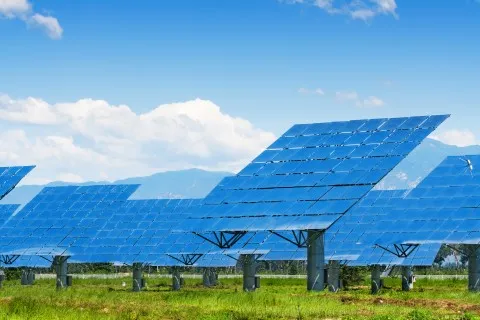
What you need to know about the 2GW Pavagada solar park project
Project development has not been going smoothly as expected.
Mercom recently visited the Pavagada Solar Park, and gained valuable insight into the nuances and challenges of park development. When complete, Pavagada will be the largest solar park in the world. The following is the first in a series that came from that visit.
Solar parks are the centerpiece of the National Solar Mission’s goal to achieve 100 GW of solar installations by 2022, with 40 GW of solar expected to be installed in over 50 solar parks. Solar parks were conceived as a solution to land acquisition and infrastructure challenges being faced by project developers. Initially, the government was targeting 20 GW of large-scale projects to be exclusively developed in solar parks sized 500-1,000 MW across the country.
Here's more from Mercom:
Land was set aside in remote areas that were drought prone or in wastelands where land was not utilized for agriculture. Once the land was identified, the responsibility of creating a park with roads, water, and transmission grid infrastructure all fell on the states. Under this model, the states would then facilitate the building of new large-scale solar projects that would be auctioned by various government agencies. Each solar park charged a fee which could include upfront and ongoing maintenance fees to be paid by the project developer, and these were expected to be less expensive than building a project outside of a park.
Project development in solar parks has not been going as smoothly as envisioned. Projects have been auctioned in parks where there are barely any roads and incomplete infrastructure has caused developers to face delays and higher costs. Also, park fees have been steep considering the low-bid environment and incomplete infrastructure. Recently, Mercom reported that there are more than 1 GW of completed solar projects that are unable to be commissioned due to delays in grid infrastructure and evacuation issues.
Against this background, instead if solely relying on interviews with developers and government agencies, the Mercom India team decided to visit one of the largest solar parks in India to get a first-hand understanding of the challenges on the ground and gain a clear view of the realities and bottlenecks.
In this first installment, we are covering the infrastructure around the park to get a detailed understanding of the scope of the park and how it was put together.
The Pavagada Solar Park in the Pavagada Taluk, Tumakuru District of Karnataka is set to become the largest solar park in a single location and will have 2 GW of capacity when complete. The solar park infrastructure is being developed by Karnataka Solar Power Development Corporation Limited (KSPDCL), a joint venture between Solar Energy Corporation of India (SECI) and Karnataka Renewable Energy Development Limited (KREDL).


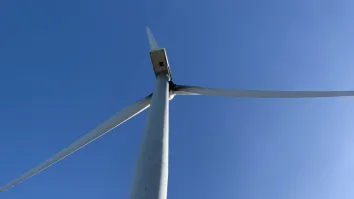
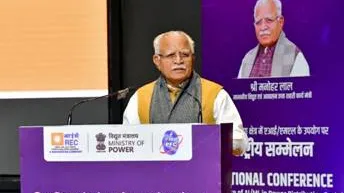
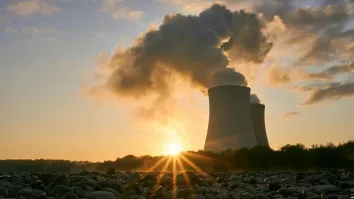
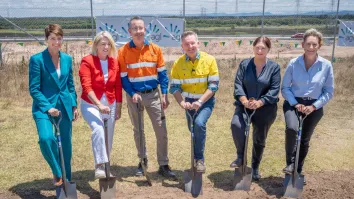













 Advertise
Advertise





